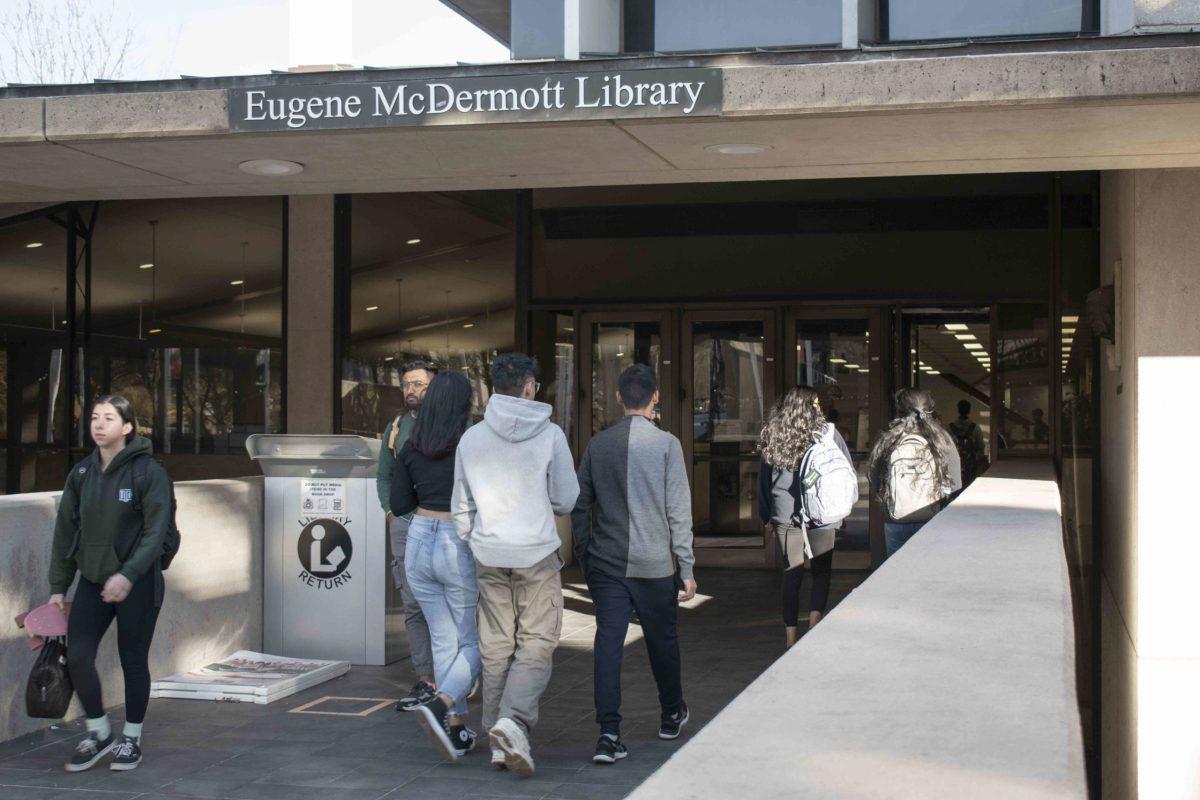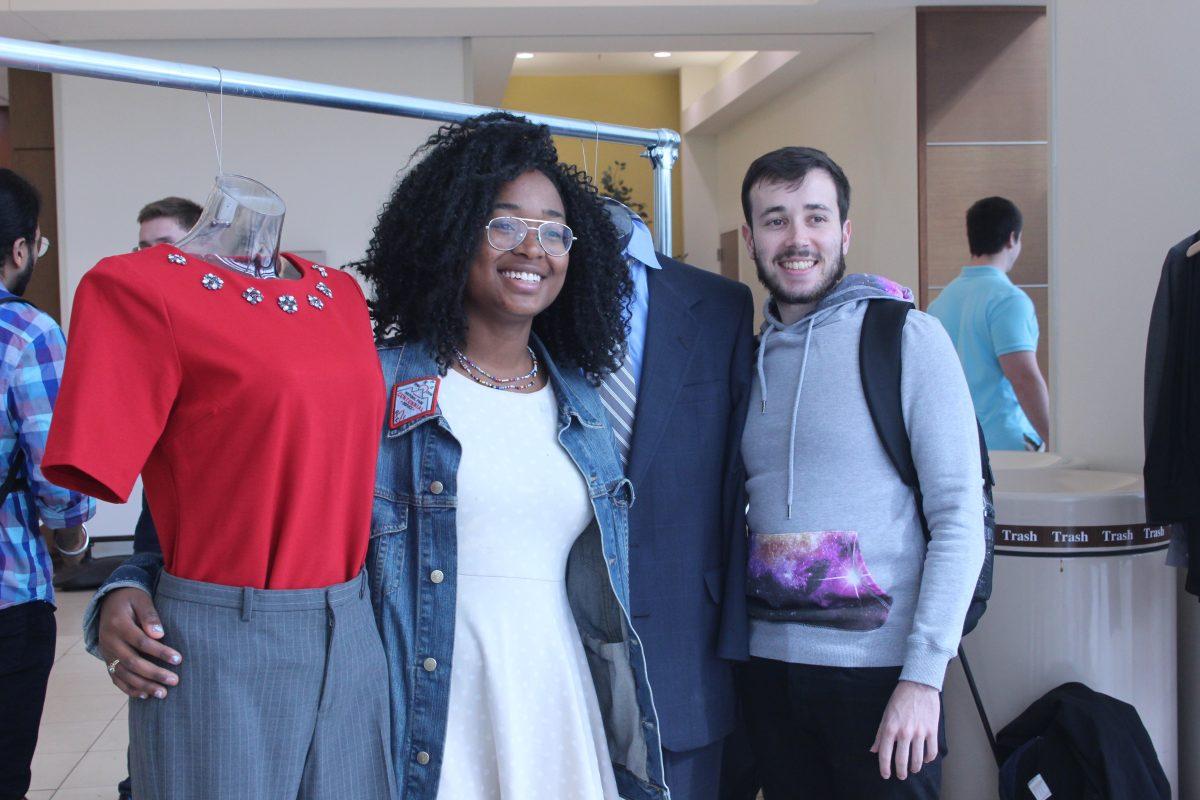The ceremonial ribbon cutting for the Callier Center Richardson addition was held on Nov. 3, officially beginning a new phase of instruction, research and clinical service in the center.
Construction began in April 2015 to help meet the increased demand for communication disorder research and treatment, as well as to accommodate the rapidly growing undergraduate enrollment of students studying communication disorders.
The new addition is divided into two parts. One section is devoted to undergraduate instruction, complete with classrooms, teaching labs, a student lounge and various study areas. The other wing includes a state-of-the-art clinic for treatment and teaching, tailor-made to address everything from evaluations to individual therapy to special programming.
“The things that we’re doing, the number of students that are coming to this university, the number that are actually interested in communication science and disorders and related areas, we needed to have some kind of expansion of the facility to actually do that,” said Thomas Campbell, the executive director of the UTD Callier Center. “In order to attract the best minds in the area of cognitive science and to do the kind of work we want to do here, we needed to have the facilities and indeed we have that now.”
The Callier addition provides the community with a destination for everything communication disorder related, he said.
“Treatment, training and research in communication disorders are linked in important ways and Callier is one of the few centers in the country that achieves these three areas of training, research and providing the service,” Campbell said.
Campbell also addressed some of what the new addition is set to provide.
“The Callier Center expansion will allow us to extend our reach in ways that were not possible before. The expansion provides the infrastructure necessary for collaboration between researchers of various disciplines that study communication disorders in a unique and creative fashion,” Campbell said.
James Bartlett, interim dean of the School of Behavioral and Brain Sciences, said the Callier Center Richardson addition would complement available services at the Dallas Callier Center, which include a state-of-the-art clinic, a nationally accredited child development program and an autism spectrum disorder center.
“This is a really exciting extension of what Callier is up to,” Bartlett said. “Callier is poised to be even more of an international level, go-to resource in communication sciences and disorders involved with improving patient care.”
Taylor Brown, a graduate student in the School of Behavioral and Brain Sciences, expressed gratitude for the training and practical exposure she has received at the Callier Center and UTD thus far.
“UTD has provided me with abundant opportunities ranging from academics to clinical practicums,” Brown said. “In the Richardson building alone, I’ve been able to work with children with cochlear implants, speech and language disorders and adults with neurological disorders as well.”
Brown also emphasized the intimate learning environment the Callier Center provides.
“The hands-on experiences of practicums are where we truly learn the critical skills needed to become successful speech pathologists,” Brown said. “The opportunities to learn, practice and help patients are endless.”
Brown said the community is very fortunate to have such a valuable resource readily available.
“The Callier Center is truly a blessing to all who walk through its doors because of the meaning impact that it will have for generations to come,” he said.

















